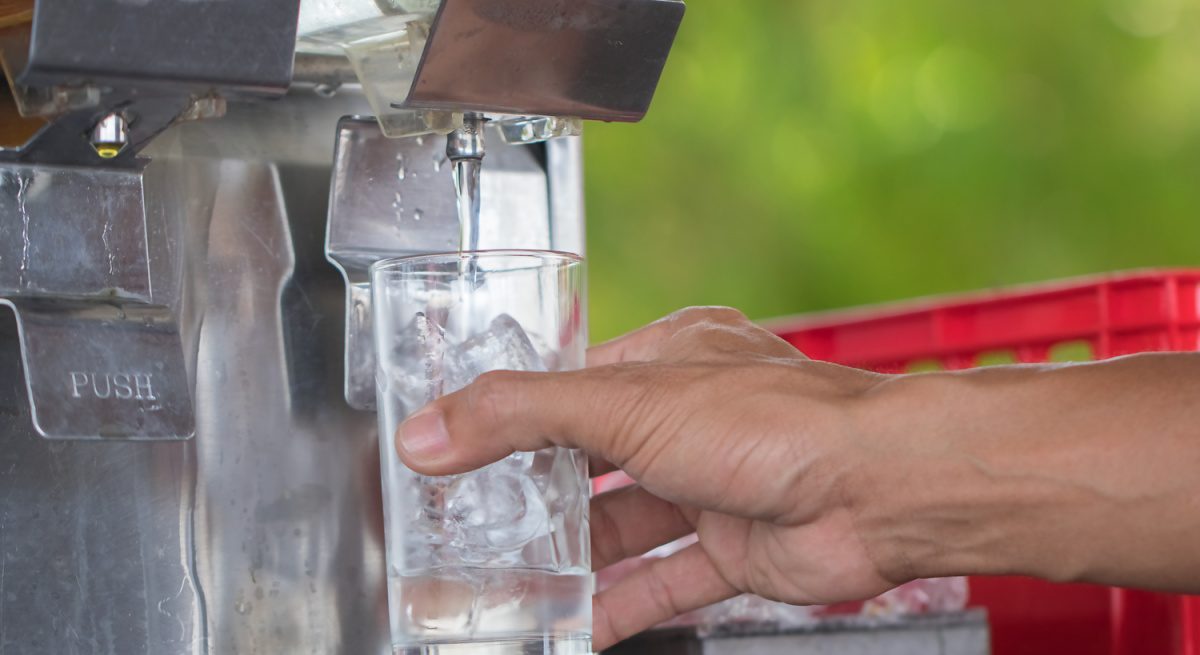Winterize Your Ice Machine Now So It’s Ready to Produce Next Summer
3 Min Read By John Mahlmeister
Because large equipment such as ice machines are designed to be in regular use, seasonal business owners and managers need to know how to winterize ice machines for the off-season.
Why Winterizing Is Critical
Like a boat, an ice machine can be winterized. Prior to outlining the steps to winterizing an ice machine, it's important use proper winterizing techniques to avoid damaging the ice machine.
When water freezes at or below 32 degrees, it expands. When the water’s vessel, such as a water reservoir or water line, is made of plastic that cannot expand along with the ice, it will crack or break. If the ambient temperature drops below 32 degrees, any water left in the machine poses a threat to the ice maker. All components of an ice machine that come into contact with water, therefore, must be completely blown out and dried ahead of the winter temperature change. Such components include:
-
Water inlet valves
-
Float switches
-
Evaporator plates
-
Water pumps
-
Water reservoirs
-
Water supply lines
Steps to Winterize
The best way to winterize an ice machine is to hire an experienced service technician to do it. They will have the proper equipment, such as co2 bottles, and the necessary experience to ensure that water is thoroughly removed from the ice machine and bin.
The technician will use the co2 to forcefully blow out all water from the ice machine. They will also:
-
Turn off the ice machine.
-
Disconnect the water lines.
-
Take out the water filter(s).
-
Drain the housing and any reservoirs.
If the ice machine has a water-cooled condenser, they will thoroughly blow that out as well.
Ice Machines Located Outside
Ice machines operated in seasonal businesses may be located outside or inside. Though manufacturers never recommend that ice machines be installed outside, this sometimes happens when access to ice is required in an area that isn’t close to a concession stand or restaurant. This can often happen on large sports complexes. In the off-season, it is not recommended to leave the ice machine unsecured outside, even if it is winterized. Ice makers contain valuable copper that presents a theft-risk.
Furthermore, if the ice machine is located outside (again, this is not recommended), heavy snowfall could dent or damage the exterior of the unit, and swirling snow could find its way inside these units, which are not airtight. If snow melts into water inside the unit, it could cause damage.
Consider a Seasonal Rental
Winterizing isn’t the only option. Seasonal business owners can also rent an ice machine for the months they need ice. Then the rental company picks it up before the off-season. The off-season is hard on an ice machine for two reasons: disuse and the difficulty of properly winterizing the machine. Improper winterizing techniques and months of disuse can lead to poorly functioning ice machines or expensive repairs. That’s why a seasonal ice machine rental makes more sense.
However, cost-effective ice machine rentals may be hard to find. Some ice machine rental companies do not offer seasonal contracts, because the cost of installing and deinstalling the unit is too high for them. Other companies may mark up their seasonal ice machine rental prices to the point that businesses find it more cost effective to buy their own machines. If new seasonal business owners are considering buying their ice machine, they should exhaust all ice machine subscription or rental options first.
Seasonal Ice Machines that Last
Seasonal businesses don’t have to suffer expensive ice machine repairs at the start of every on-season. Proper winterization techniques will go a long way to prolonging the life of a seasonal ice machine, as will installing the ice machine inside a structure. That way, every summer will start to the sound of much-needed ice hitting the bin.


